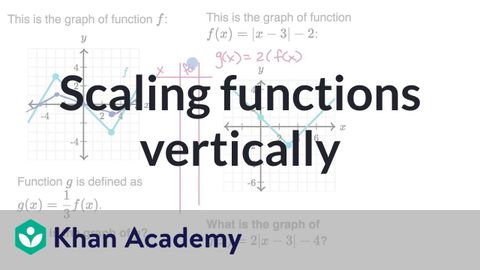
字幕と単語
関数を垂直に拡大縮小する:例題|関数の変形|代数学2|カーンアカデミー (Scaling functions vertically: examples | Transformations of functions | Algebra 2 | Khan Academy)
00
林宜悉 が 2021 年 01 月 14 日 に投稿保存
動画の中の単語
stretch
US /strɛtʃ/
・
UK /stretʃ/
- v.t./i.ストレッチをする : 体を伸ばす;伸ばす : 張る : 広げる
- n.ストレッチ : 体を伸ばすこと;一続きのもの;(一続きの)時間 : 期間
A2 初級TOEIC
もっと見る エネルギーを使用
すべての単語を解除
発音・解説・フィルター機能を解除
